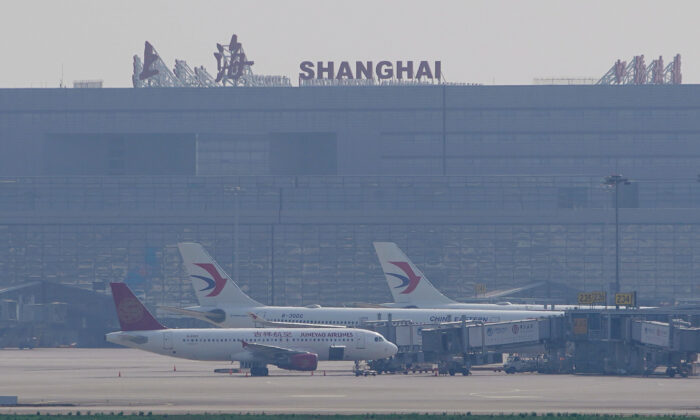Analysts attribute this trend to China’s declining ticket prices amidst its sluggish economy.
Despite record-high passenger traffic, China’s three largest state-owned airlines reported a significant decrease in third-quarter profits.
China Eastern Airlines saw a net profit of 2.63 billion yuan ($369 million), a 28.2 percent drop from the previous year.
China Southern Airlines, the country’s largest airline, reported a 23.9 percent year-on-year decline in third-quarter net profit to 3.19 billion yuan ($448 million) despite serving more passengers.
While China Southern Airlines increased capacity by 11 percent in the third quarter compared to the same period last year, operating revenue only rose by 4.6 percent, indicating a decrease in airfares.
On the other hand, Air China’s net profit in the third quarter dropped to 4.14 billion yuan ($581.34 million) from 4.24 billion yuan ($595 million) in the same period last year, a decline of just over 2 percent.
According to aviation data company ForwardKeys, outbound air ticket prices from China fell by 39 percent year-on-year from January to September this year.
Spring Airlines, China’s largest low-cost private airline, returned to profitability before full-service rivals China Southern Airlines, China Eastern Airlines, and Air China post-COVID-19 pandemic. However, it also experienced a 32.4 percent year-on-year drop in net profit to 1.2 billion yuan ($168 million) in the third quarter of this year.
FlightMaster, a China-based aviation data company, reported that average domestic airfares in China in July and August were 17 percent lower than last year and 1 percent lower than in 2019. International airfares were 25 percent lower than last summer and 12 percent lower than in 2019, according to FlightMaster.
Chinese airline passenger trips reached a record high of 200 million in the third quarter, as per official data.
A recent report from aviation data and consulting firm Ishka indicated that the significant gap between capacity increases and net profit growth suggests a more severe economic situation in China compared to other regions experiencing slowdowns.

Passengers prepare to check in at Daxing International Airport in Beijing on Jan. 19, 2023. Wang Zhao/AFP via Getty Images
Professor Frank Xie from the University of South Carolina Aiken explained that the decline in profits is primarily due to the domestic market.
He stated, “The increase in passengers is overshadowed by declining fares, leading to reduced airline profits. China’s deteriorating economy and people’s preference for more budget-friendly travel options like high-speed rail or personal vehicles are contributing factors.”
Xie also highlighted that Chinese airlines made strategic errors post-pandemic by expanding their fleets significantly, leading to increased fixed expenses and maintenance costs amidst decreasing revenue.
Economist Davy J. Wong pointed out that China’s economic slowdown and weak consumption are key factors behind the decline in airline profits.
He noted, “With economic inactivity, declining profitability, rising unemployment, and an aging population, people are reluctant to spend on high-end items like air tickets and overseas travel.”
Regarding international operations, Wong emphasized that Chinese airlines face challenges due to visa policies, geopolitical risks, and reduced overseas demand, impacting their ability to attract foreign investment and visitors.
Luo Ya and Reuters contributed to this report.
Can you rewrite this sentence for me?
Source link





